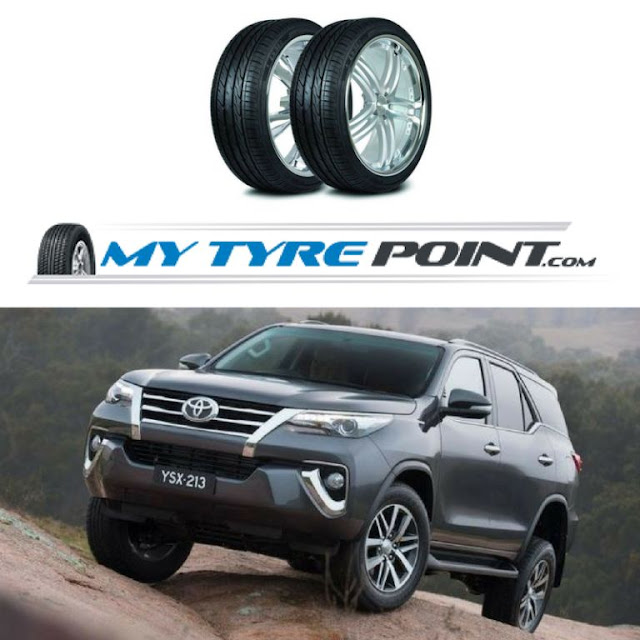How to maximize control and safety over your winter tyres?
There’s always a debate
about usage and replacement of winter tyres. Car owners often neglect the
importance of tyre replacement according to the weather conditions, and this
negligence often leads them face risky conditions that include vehicle damage,
and unavoidable accidents that happen because of improper tyre usage.
Fir
Winter Weather tyres on both the axle, all the wheels
For enhanced tyre
driving safety and to gain proper control over your vehicle under cold weather
conditions, it’s important to fit winter tyres on all the four wheels. To get
better traction when pulling away, few drivers prefer winter weather tyres only
on the drive axle.
This might sound cost
saving and tempting option for buyers who don’t want to burn hole in their
pocket, but it will not provide required performance on safety standards.
Fitting Winter Weather CEAT tyres on the
front axle will mean that the rear axle will slide more easily. This will risk
your vehicle to spin and skid under acceleration or when negotiating bends.
When you risk fitting
only two winter weather tyres on the rear axle, you are increase the risk of
driving in a straight line and face problem when taking a bend.
Inflating
tyres in the winter season
When winter season
approaches, and your weather gets colder, the tyre pressure starts to drop.
When a tyre is inflated to 2 bars at 24 degree Celcius, the pressure may only
read it as 1.5 bars. So, it is very important to have adequate pressure in your
tyres during the winters.
Experts recommend
setting tyre pressure to the pressure value recommended by the vehicle
manufacturer. When you set your tyre’s pressure in a workshop or a warm garage,
add 0.2 bars to the specified value. It will ensure that the tyre will
compensate according to the cold temperature outside.
It’s equally important
that the winter tyres you are buying are of good quality. Experts recommend
buying reliable brands like CEAT tyres for they are not only durable but also
ensure safety in cold weather conditions.





Comments
Post a Comment